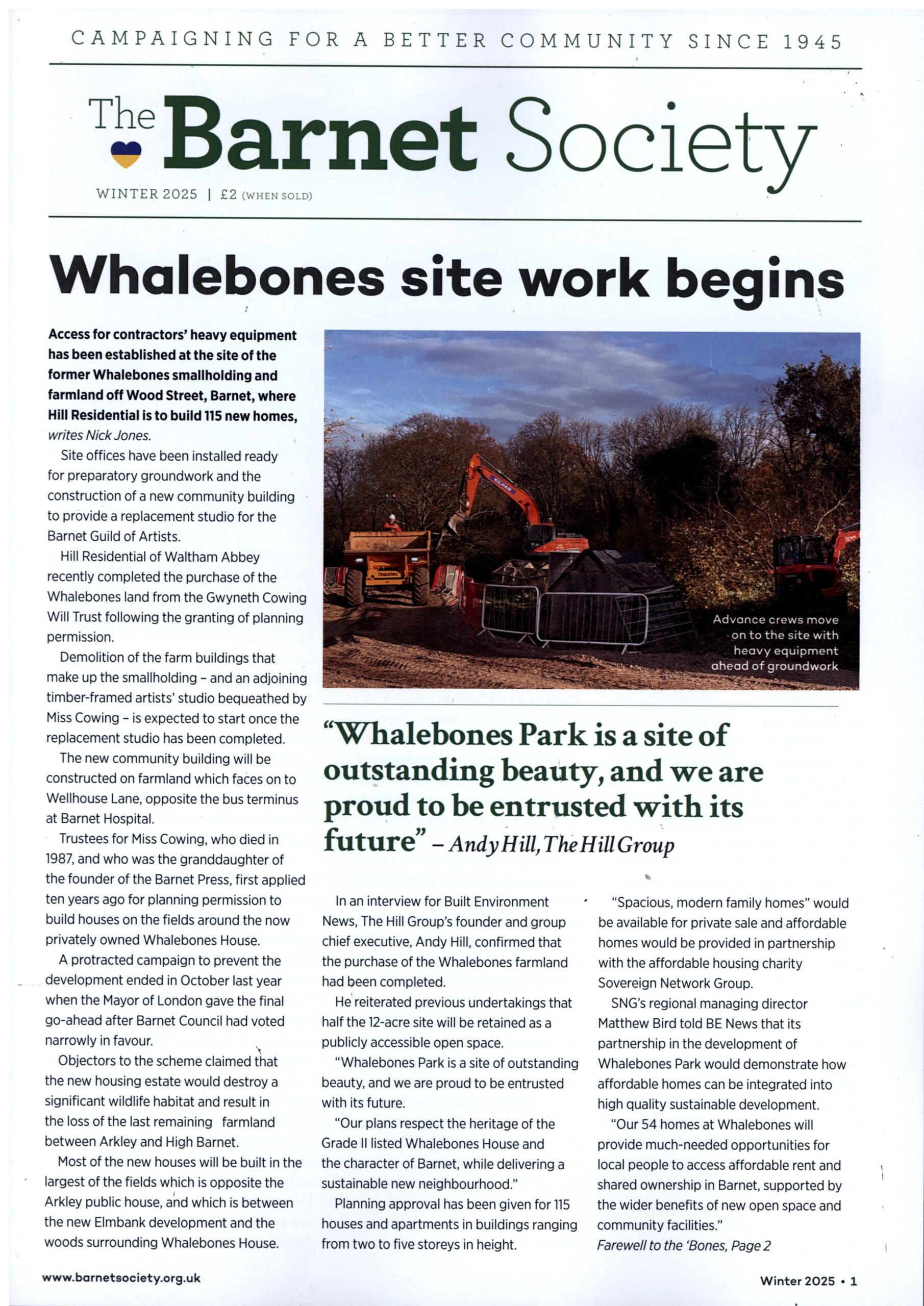Barnet Medieval Festival inspiring the next generation of battlefield re-enactors
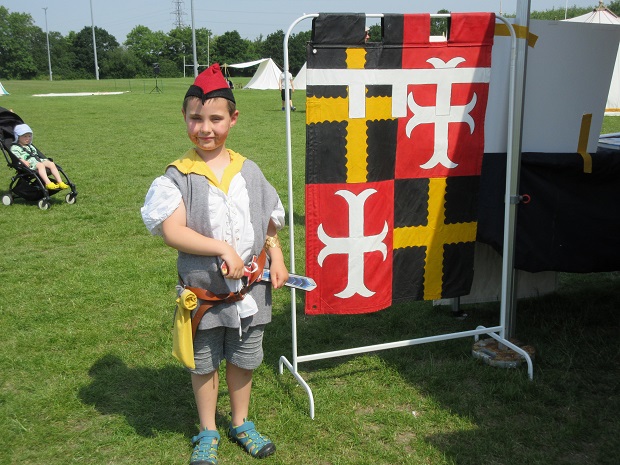
As the annual Barnet Medieval Festival continues to grow in popularity, so does the number of local children who get dressed for the occasion in full military attire ready for battlefield duty or in other medieval costumes.
Owen’s outfit was put together by his mother Marika. She went online to research medieval apparel and then searched charity shops for the kind of clothes that might have been worn by a medieval boy at a battlefield.
“Owen is only seven, but he loves history and is so knowledgeable.
“I wouldn’t be surprised if he becomes a re-enactor himself when he is older.”
Such was Owen’s enthusiasm on the second day of the festival that he was given a full rundown by Scott Harrison, a Barnet Museum Trustee and co-author of Battle of Barnet in Fact and Fiction.
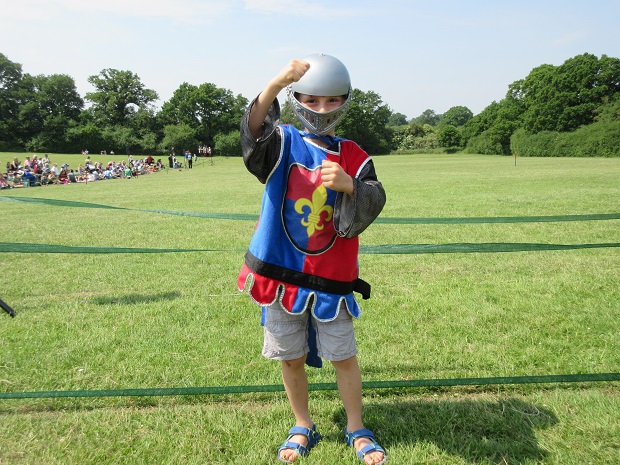
Equally well prepared to be a spectator at the re-enactments of the Battles of Barnet and St Albans was Arlo (10) wearing a fleur de lis jacket and cape plus helmet and visor.
For the 350 military re-enactors who took part in the two-day event the presence of so many youngsters dressed for the battlefield — or in other medieval costumes — only added to the appeal of attending the Barnet festival.
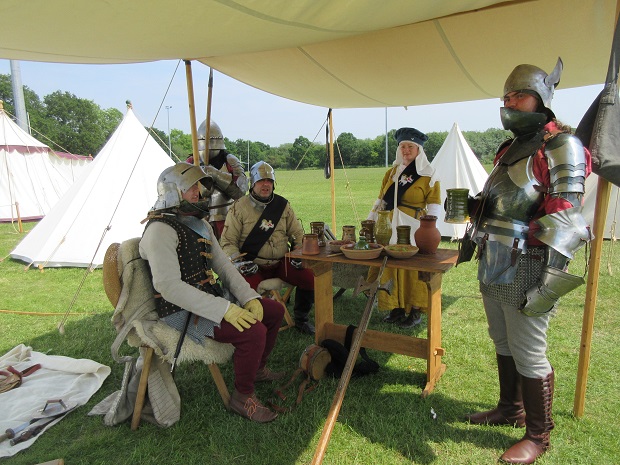
Matt White (centre) – a captain in the English Free Companie of mercenaries – said they so enjoyed seeing so many children take an interest in medieval life and the warfare of the day.
Given that it was the hottest weekend of the year, Matt and his team had to shelter from the sun before battle commenced because it had become increasingly uncomfortable wearing armour.
“It is really good to see how enthusiastic the town of Barnet has been in getting behind the festival. And we so enjoy getting asked so many questions.
“For us it is a fantastic event. The tree lined battlefield is so like what it might have been at the Battle of Barnet and what makes it all so fulfilling is that the audience really appreciates the scale and ferocity of what we are trying to recreate.”
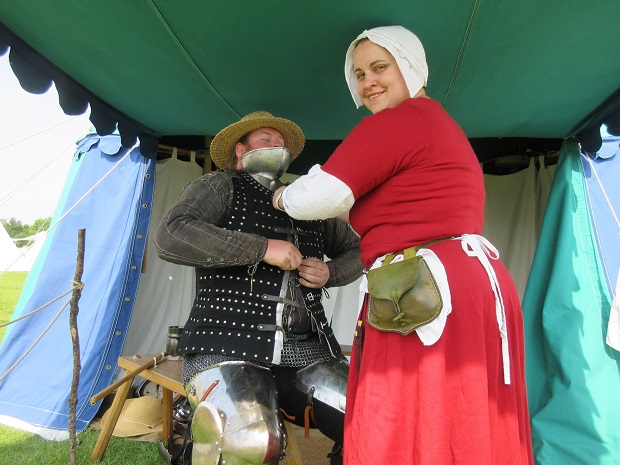
Preparing for battle was no easy task. Arthur Tinsley of the Harrington companie of re-enactors was assisted by Steph Baldwin as he was dressed in a three-quarter harness of armour, with each piece having to strapped to his body.
“In medieval times it was known as a full harness. It was the Victorians who started calling it a suit of armour.
“I’m so glad Steph is helping me today, because when we are trying to put armour on each other it can be really challenging.”
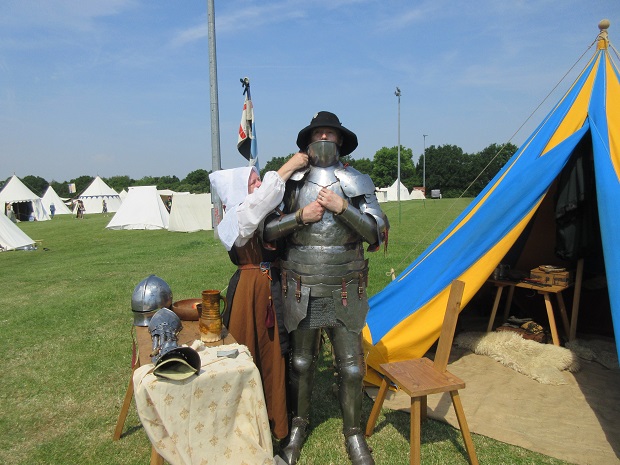
Along at another tent Craig Nicholas – who was Sir Edmund De Thorpe in the Lancastrian retinue of the Earl of Shrewsbury – had been kitted out with the help of Deborah in a full harness of 15th century armour.
Craig is a member of the British Plate Armour Society and the armour he was wearing was a mixture of German and Italian.
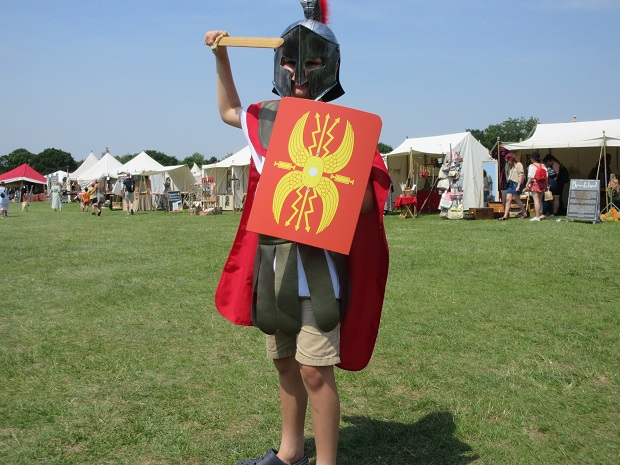
Alfred Fawsitt (8), who wore medieval battle clothes for the opening of the festival, chose a different style for the second day – a combination of Roman and Spartan.
His mother said that Alfred attends the festival every year and so enjoyed it on the first day he was determined to come again, so raided his collection of military costumes, swords, spears, and shields for another outfit.
Howard Giles, the historical co-ordinator for the festival, was highly impressed by the interest and enthusiasm of local school children.
“What is so wonderful about the Barnet festival is that it just continues to evolve and what is so heartening is that the feed back has been 100 per cent positive.
“We try to introduce a new element whenever we can – and without doubt this year’s innovation of a medieval fashion show was extremely popular.
“Who knows we might find a way next year of laying on an event for local children to show how imaginative and authentic they can be in dressing up in medieval costumes or in getting ready for the battlefield.”
A second group of medieval musicians – Myal Pyper – provided musical interludes. They joined forces with regular attenders, A Merrie Noyse.
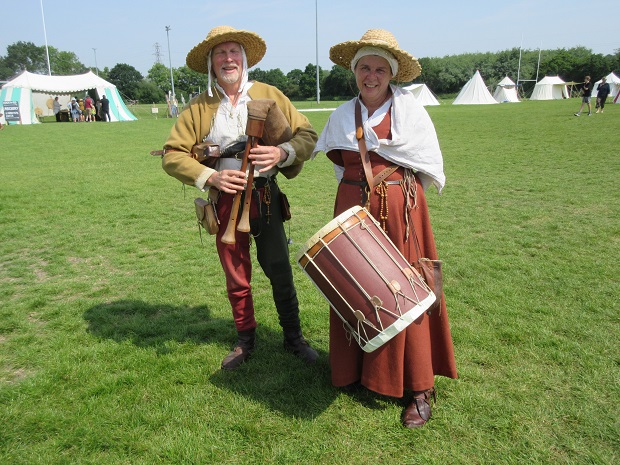
Myal and Peg (above) played tunes which all pre-dated 1500 so would have been the kind of music heard at the time of the Battle of Barnet.
Myal’s bagpipe is a double pipe from the mid-14th to 16th century. “This design is a replica of what we see in carvings of angels and gargoyles of the period. Double pipes like this were common at the time all over Europe.”

